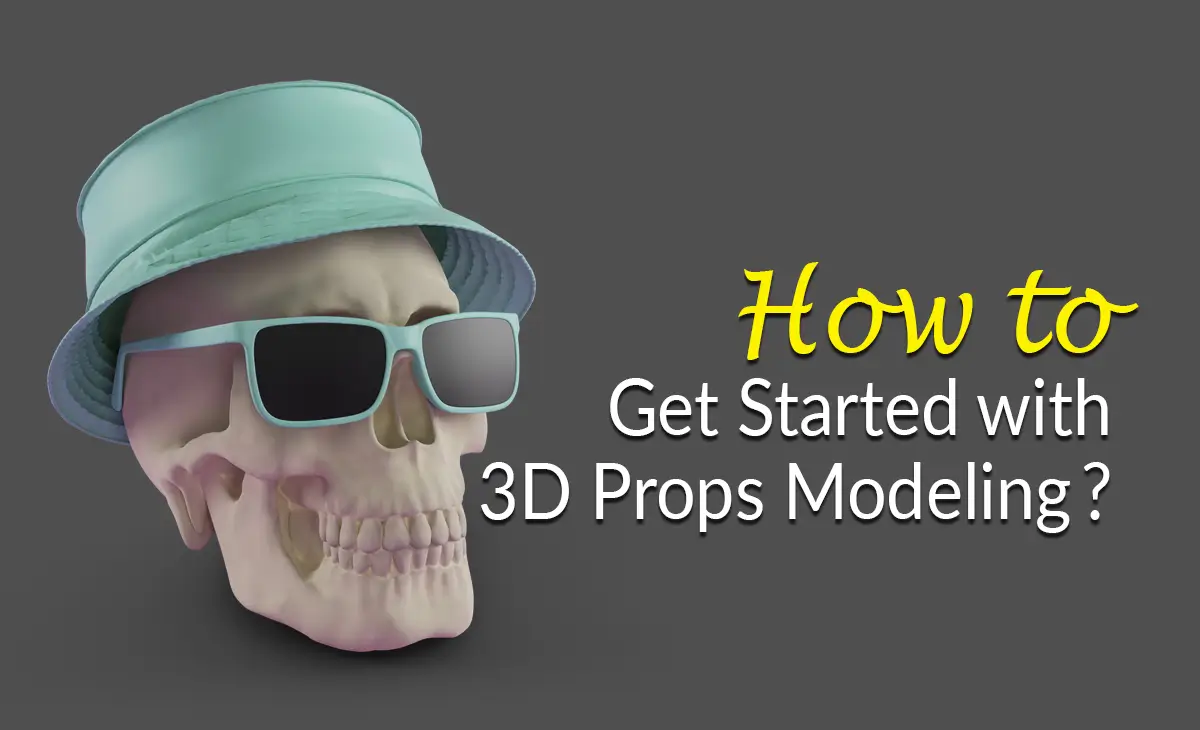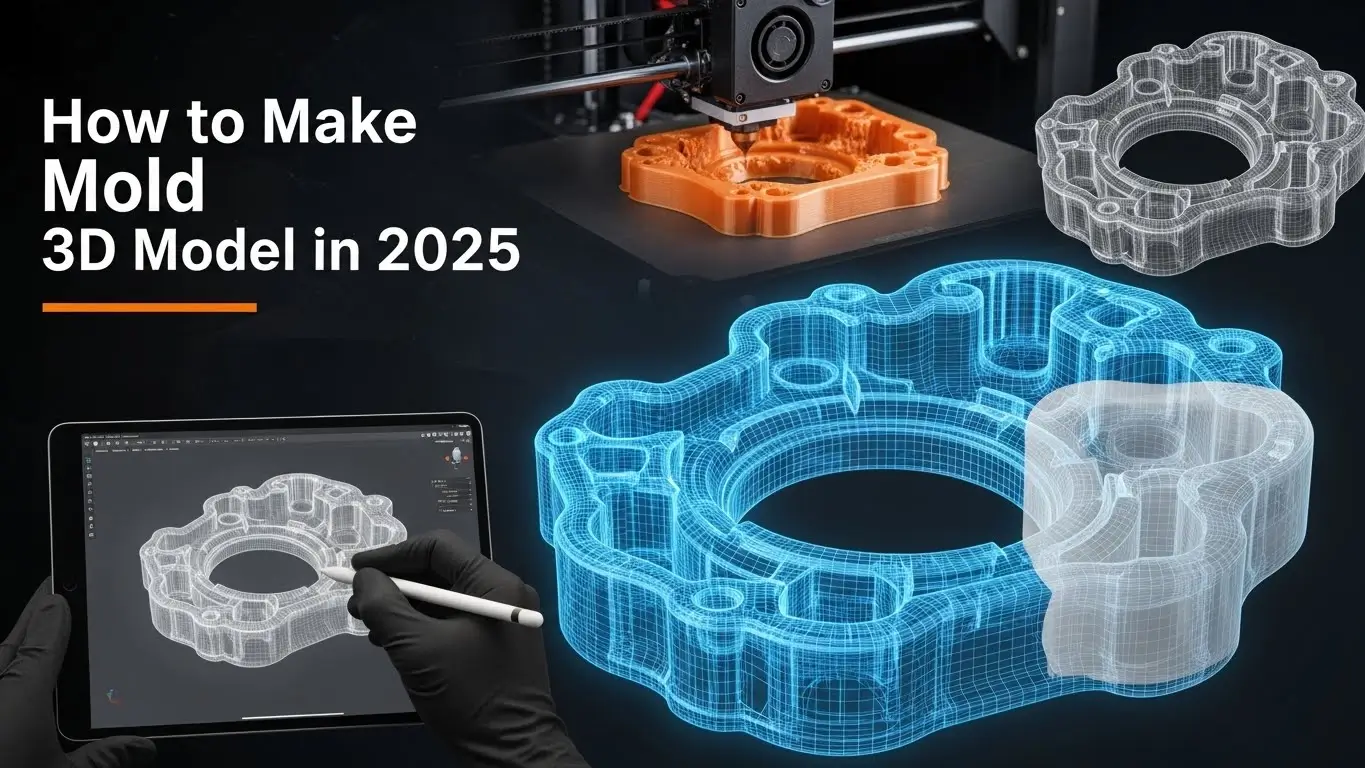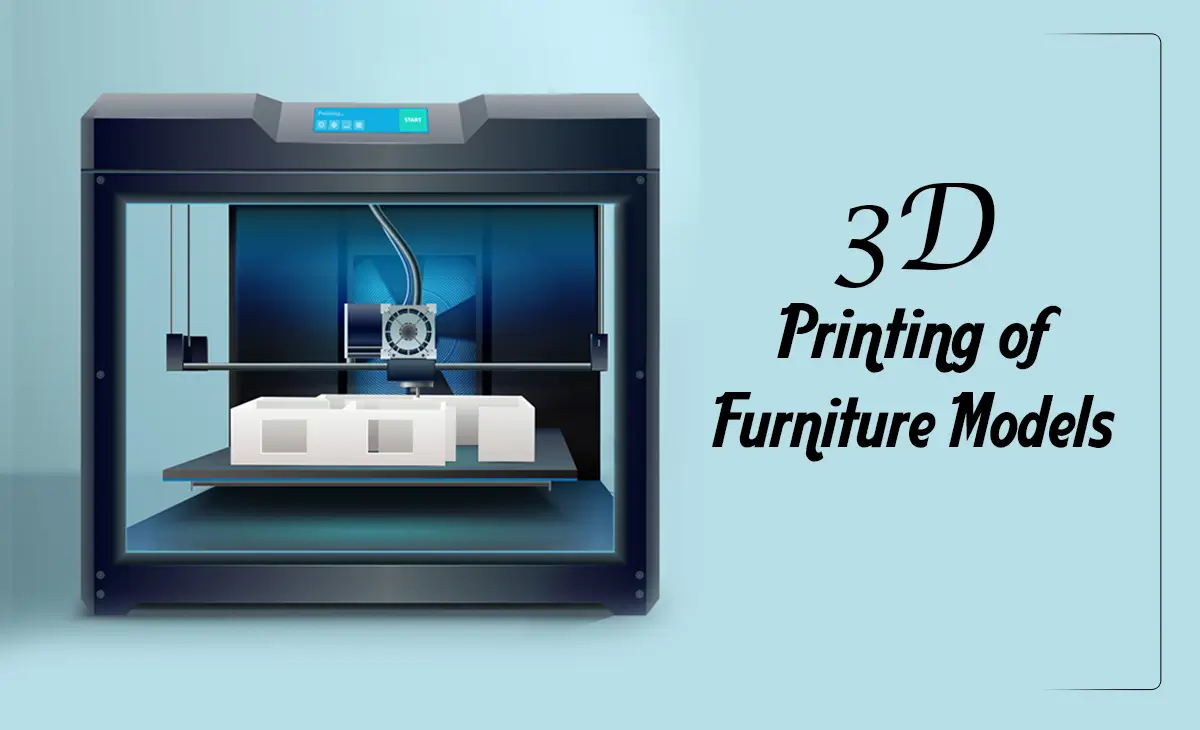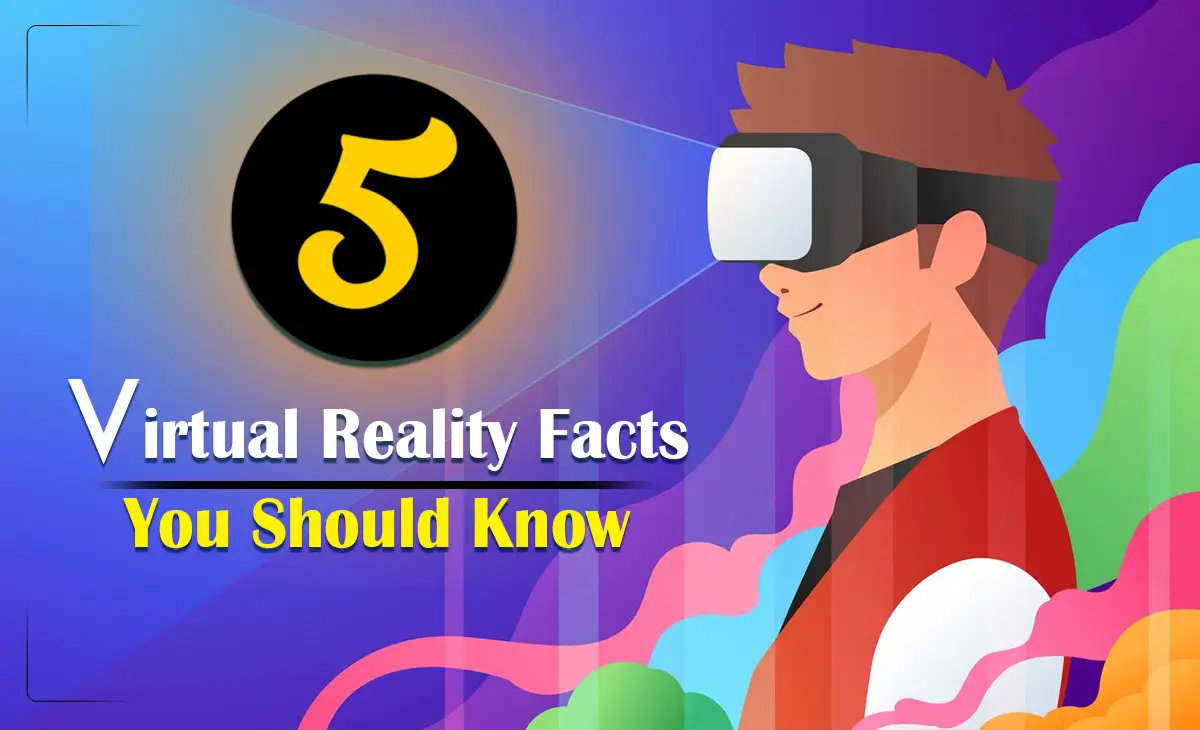3D Props Modeling
3D Props Modeling: In digital technology 3D props modeling is an elementary subject that brings life and depth to virtual environments. Props are the generic model added to the virtual scene to make the scene realistic. Industries like gaming, film, education, and virtual reality use 3D props to create work-related materials.
What is 3D Modeling?
3D modeling refers to creating three three-dimensional models of any object. It can be a model of a person or material like a chair, car, apartment, etc. In this process, experts manipulate the points in virtual space to make a collection of polygons that make the 3D model. Later, it is processed in several steps like 3D rendering to create 3D animation and 3D images.
Understanding the Basics of 3D Props Modeling
3D props modeling experts create models and objects to make their digital scene famous. It refers to random items such as furniture, jewelry, e-commerce product design making, and more. Moreover, it is also used for AR VR and MR 3D modeling, and any accessories creation for the game. To understand the basics of 3D props modeling first you have to learn about its primary concept. Learn about props shape, scale, proportion, and detail. The artist who makes prop models and offers 3D modeling services not only thinks about visualization but also the fitness of the object in the scene.
Primary subjects in 3D Props Modeling:
- Shape and Form: First and foremost, learn about the basic geometry of objects. Experiment with how you will represent them in 3D in the right way. Carefully understand the different types of shapes and how they attractively blend into the scene.
- Scale and Proportion: Understand the prop size according to the scene. It needs to design in perfect proportion so that, it doesn’t look artificial.
- Prop Detailing: Here artist always adds flawless details of every part of the object. It makes the props more realistic and lifelike.
- Topology: It means maintaining a clean geometry for effective rendering and animation.
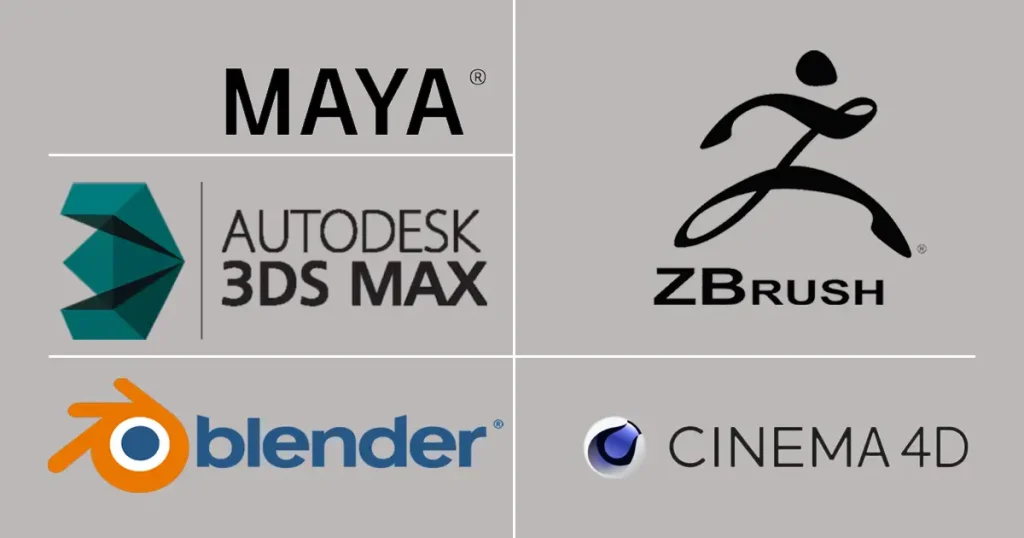
Tools and Software for 3D Props Modeling
To get started with 3D props modeling, familiarize yourself with different types of 3D model software tools. Each software comes with unique features and is appropriate for different types of 3D props creation like Blender, 3Ds Max, Maya, and more
Skills That Are Essential for 3D Props Modeling
To become an expert in 3D props modeling, you should develop some technical skills and artistic sensibility. Some prime skills are:
- 3D Modeling Techniques: Learn the basics of 3D Modeling like box modeling, edge modeling, and sculpting.
- Understand the Geometry and Topology: Study how to create clean meshes to optimize rendering performance.
- Texturing: Have a clear knowledge of applying textures to models to give them color, detail, and realism.
- UV Unwrapping: Learn how to map a 3D model’s surface to a 2D image for texture painting.
- Lighting and Rendering: Understand the light interaction with different colors of the model. And adopt a clear concept of 3d rendering techniques to compose final images.
- Artistic Skills: To become an artist utilize your creativity to use color theory, texturing, and detailing your model.
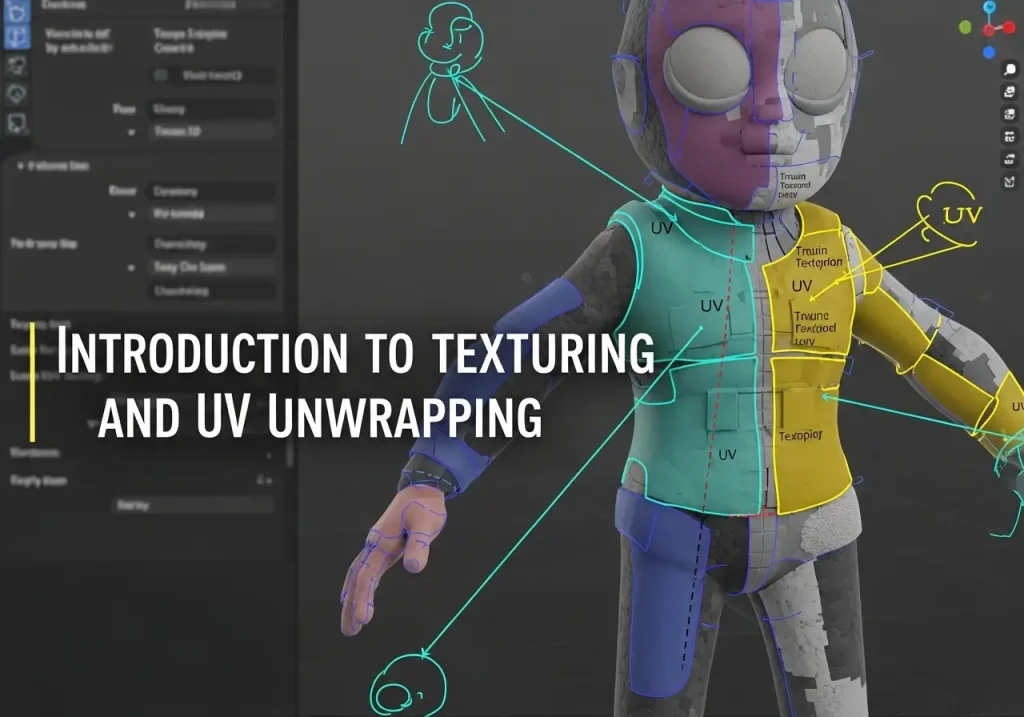
Introduction to Texturing and UV Unwrapping
Texturing and UV unwrapping are important steps to make your 3D props realistic.
Texturing
Texturing means applying multiple textures to the 3D models to give them a realistic appearance. Texture can range from simple color fills to complex maps. Here are different types of textures:
- Diffuse Maps: It is a basic color texture, used for defining the primary color of the model.
- Normal Maps: It effectively adds depth and detail to models.
- Specular Maps: Control the shininess and reflectiveness of a surface.
- Bump Maps: Works on small surface details to add realism.
- Displacement Maps: It modifies the geometry of the model for more complex details.
UV Unwrapping
It is the method of projecting a 3D model’s surface onto a 2D plane for texture painting. In this process, experts create a UV map that works as a guideline for where textures will be applied to the model.
UV Unwrapping Steps:
- Seam Placement: At first, technically you need to place seams on the model where the UV map will split.
- Flattening: In this step, unwrap the 3D model’s surface into a flat 2D layout.
- Packing: Now arrange the UV islands to maximize texture space.
- Texture Painting: Finally, apply textures onto the UV map in a 2D image editing software.
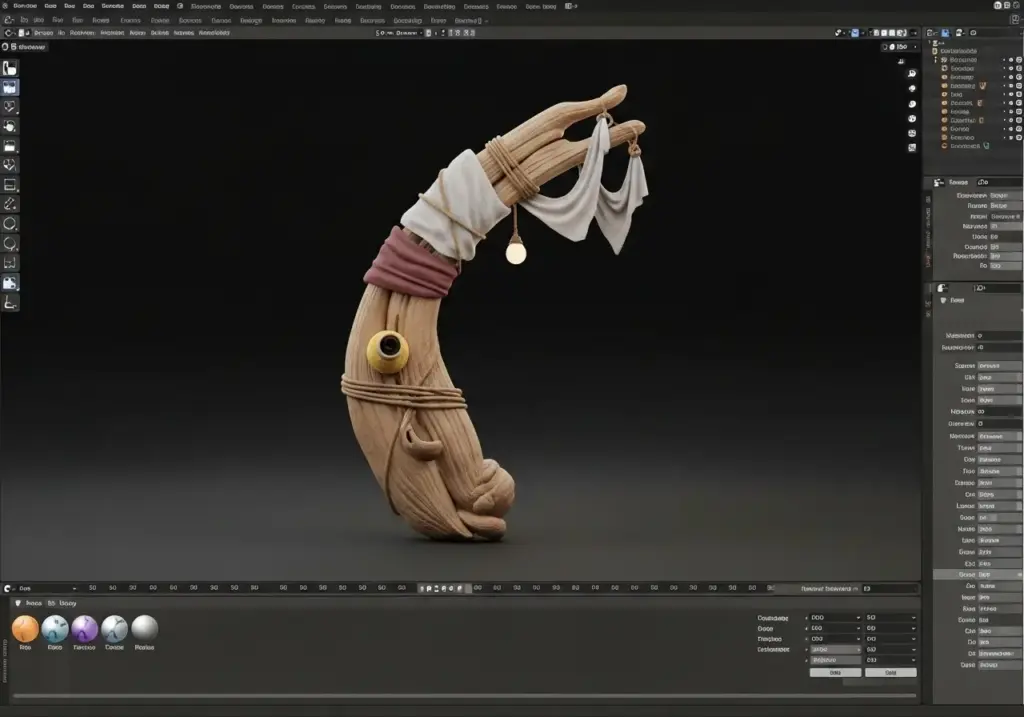
Setting up Rendering and Lighting Your 3D Prop
Lighting and rendering are the final steps to bring your 3D prop to life. Right lighting improves the model’s appearance and rendering produces the final image or animation.
Lighting Techniques
Lighting is an important part of making the model realistic and adding realism to the scene. Different lighting setups can effectively change your 3D prop’s visualization. Here are some types of Lights:
- Point Light: This type of lighting setup distributes the light in all directions from a single point. It is the same as the light bulb.
- Directional Light: It mimics the sunlight and throws parallel light rays.
- Spotlight: It provides light in a cone shape.
- Area Light: It throws light from a particular area and creates soft shadows.
Consider using multiple light sources to create depth and realism. Adjust the intensity and color of lights to suit the scene’s mood.
Rendering Techniques
Rendering is the process of converting 3D models into 2D images or animations. Some popular rendering engines are Blender, V-Ray, Redshift, etc.
Optimize your scene for faster rendering. Reduce the polygon count and use effective textures for optimizing your scene. To find the balance between quality and speed, experiment with different rendering settings.
Effective Techniques for 3D Prop Modeling
Block Modeling
At first, start with basic shapes like cubes, and spheres to block out the rough form of your prop. It will establish the overall silhouette and proportions before diving into finer details.
Edge Loop Modeling
Try to use edge loops to define the structure and flow of your model’s geometry. It is important to create a smooth curve and maintain a clean topology.
Subdivision Modeling
It is a process of creating a low-poly base mesh. After that subdividing it to add more detail.
Sculpting
Sculpting is a strong technique if you want organic or highly detailed props. Use sculpting tools to add details, like highlighting wrinkles, cracks, and textures.
Retopology
Retopology is used after sculpting, to create a cleaner, more manageable mesh. It is important for optimizing models for animation and rendering.
Showcasing Your Work
It is important to showcase your work for building a portfolio. It will attract potential clients and employers. In the portfolio Include a variety of props to showcase different styles and techniques.
Highlights the projects you worked on. Regularly update and add your work experience. It will help you to start a 3D artist career effectively.
Join groups relevant to 3D props modeling and share your works and ideas. Increase networking and connect with the professional through LinkedIn and other networking channels.
What are the Latest Advanced Techniques and Specializations?
The field of 3D prop modeling is growing rapidly. Here are some of the latest advanced techniques and specializations added to the trends:
Procedural Modeling
Uses algorithms and rules to generate complex 3D models automatically. Ideal for creating large-scale environments.
Photogrammetry
Captures real-world objects and converts them into 3D models. Widely used in gaming industries for creating realistic objects.
Real-Time Rendering
Unreal Engine and Unity help with real-time rendering. With this, you can get immediate feedback on lighting, textures, and animations.
Virtual Reality (VR) and Augmented Reality (AR)
It opens up opportunities to create interactive experiences. This is for the experts for optimizing models for performance.
How Do You Make 3D Props Look Realistic?
To make your 3D props realistic work on several factors carefully, such as:
- Study real-world objects and reference images to understand how light interacts with different materials.
- Works on details of your 3D props. Carefully review every element of your scene and add details of them. Such as hair, or any spot in the skin area.
- Use natural light for a more realistic picture. Experiment with shadows to get mystery and aesthetic appearance.
Challenges in Creating 3D Props
Though 3D props modeling industries are growing very fast. Still, there is some challenges exist, Such as:
- Complexity: The artist faces some complexity while creating proper details because the process takes quite a long time.
- Texturing: One needs a deep knowledge of 3D design software to get realistic textures.
- Frequent Upgradation of Technology: As technology continuously brings updates and advanced features, artists need to learn these continuously.
3D props modeling is a creative field. If you want to start your 3D artist career improve your artistic creativity with technical skills. To become a 3D artist adopt 3D art skills and keep learning. Stay updated with the newest trends and technology.


